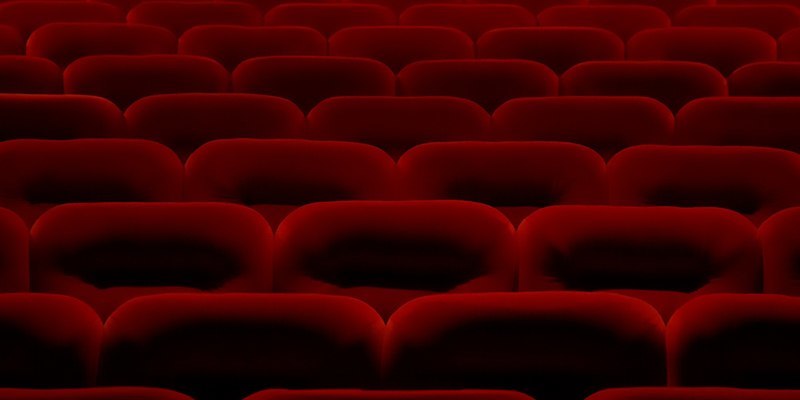Academics at St Andrews University say they have unlocked the secret to ensuring a bright future for the Edinburgh International Film Festival (EIFF).
Stinging criticism has been levelled at the extravaganza in recent times, with some claiming it lacks any real identity.
However, the authors of a new book published by film scholars at St Andrews University insist those behind the festival should look to the past to map the way ahead.
The experts say the new team behind the annual event should rewind to the heady seventies for inspiration.
They claim the festival, which kicks off this week, has for too long lacked the “thought-out” cultural agenda that once prompted Hollywood star John Huston to describe it as “the only festival worth a damn”.
In the book, former festival staff member Matthew Lloyd describes how he left in 2008 after witnessing “an increasing uncertainty concerning the festival’s identity”.
St Andrews film studies publisher Dr Alex Marlow-Mann can understand such concern but insists all is not lost.
“Amidst fierce criticism in the run-up to this year’s festival, Lloyd provides valuable insights that should give both sides of the debate cause for thought,” he said.
“It is a timely reminder that from its earliest days Edinburgh has been quite unlike any other film festival.”
While critics have attacked this year’s reduced programme, high ticket prices and the lack of an overall curatorial project, new director James Mullighan has declared his intention of resetting the festival’s agenda, reinventing it for modern audiences.
In the first book to explore the festival’s most influential period (1968-1980), Lloyd describes how intellectuals, critics and film-makers flocked to an event that was immediately recognised internationally as an agenda-setter.
Dr Marlow-Mann continued, “During these years, Edinburgh had a clearly defined and radical curatorial project. The festival went against the grain and interrogated mainstream notions of international film culture.
“It is a legacy that the festival organisers need to fully absorb and communicate to their critics before they can achieve their avowed aim of making EIFF ‘the brain of the British film industry’.”
How the Movie Brats Took Over Edinburgh: The Impact of Cinephilia on the Edinburgh International Film Festival, 1968-1980, is published by St Andrews Film Studies, 2011.
Image used under Creative Commons licence courstey of Flickr user atomicjeep.
